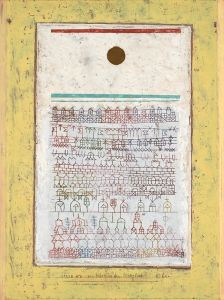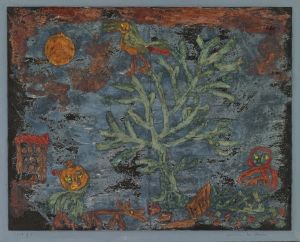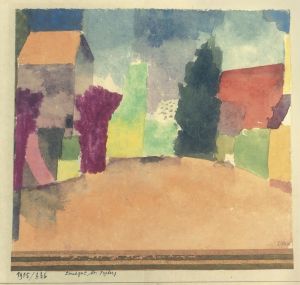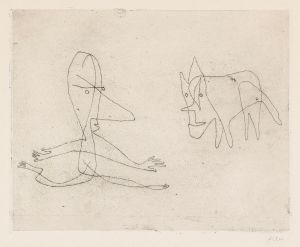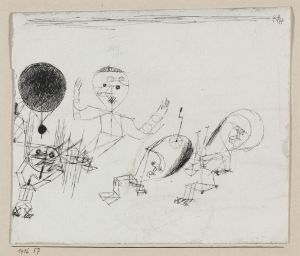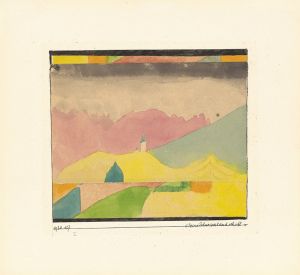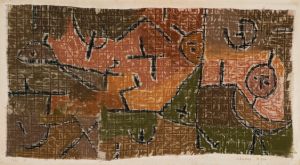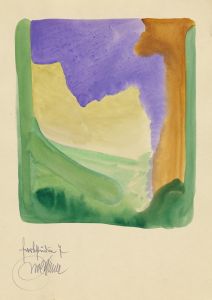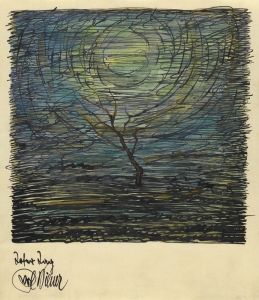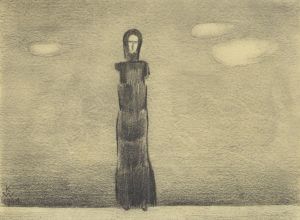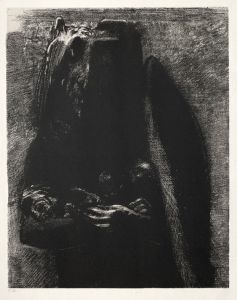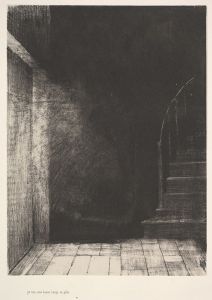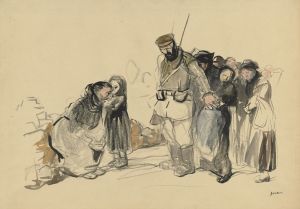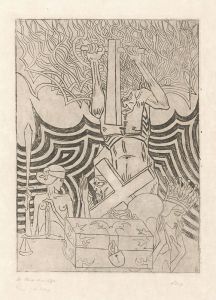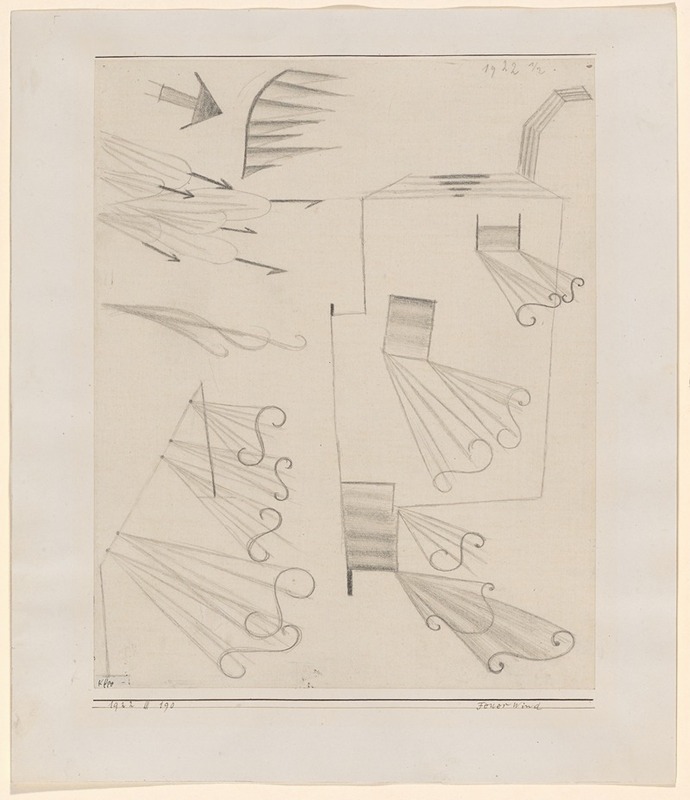
Fire Wind
A hand-painted replica of Paul Klee’s masterpiece Fire Wind, meticulously crafted by professional artists to capture the true essence of the original. Each piece is created with museum-quality canvas and rare mineral pigments, carefully painted by experienced artists with delicate brushstrokes and rich, layered colors to perfectly recreate the texture of the original artwork. Unlike machine-printed reproductions, this hand-painted version brings the painting to life, infused with the artist’s emotions and skill in every stroke. Whether for personal collection or home decoration, it instantly elevates the artistic atmosphere of any space.
Paul Klee, a Swiss-born artist, is renowned for his highly individual style that was influenced by movements in art that included Expressionism, Cubism, and Surrealism. One of his notable works is "Fire Wind," which exemplifies his unique approach to color and form. Created in 1921, this painting is a part of Klee's exploration of abstract art, where he often sought to convey emotions and ideas through a complex interplay of colors and shapes.
"Fire Wind" is characterized by its vibrant use of color and dynamic composition. Klee's work often reflects his interest in music, and this painting is no exception. The rhythmic arrangement of colors and forms can be likened to a musical composition, where each element plays a part in creating a harmonious whole. The title "Fire Wind" suggests a natural force, and Klee's use of fiery reds, oranges, and yellows conveys a sense of movement and energy, akin to a gust of wind or a flickering flame.
Klee's artistic philosophy was deeply rooted in the belief that art should not merely replicate the visible world but should instead express the underlying forces and emotions that shape human experience. In "Fire Wind," Klee employs a technique that involves layering colors and using geometric shapes to create a sense of depth and complexity. This approach allows viewers to engage with the painting on multiple levels, as they are invited to interpret the abstract forms and vibrant colors in their own way.
The painting is also indicative of Klee's time at the Bauhaus, where he taught from 1921 to 1931. The Bauhaus was a revolutionary school of art, architecture, and design in Germany that sought to unify artistic disciplines and promote a modern aesthetic. Klee's work during this period was influenced by the Bauhaus's emphasis on abstraction and the integration of art and technology. "Fire Wind" reflects these principles through its abstract composition and the innovative use of color theory.
Klee's influence on modern art is significant, and his work continues to be studied and admired for its originality and depth. "Fire Wind" is a testament to his ability to transcend traditional artistic boundaries and create works that resonate with viewers on an emotional and intellectual level. The painting is housed in the collection of the Kunstmuseum Basel in Switzerland, where it remains an important piece for understanding Klee's contribution to the development of abstract art.
In summary, "Fire Wind" by Paul Klee is a vibrant and dynamic painting that exemplifies the artist's innovative approach to color and form. Through its abstract composition and emotive use of color, the painting captures the essence of Klee's artistic vision and his commitment to exploring the deeper forces that shape human experience.





